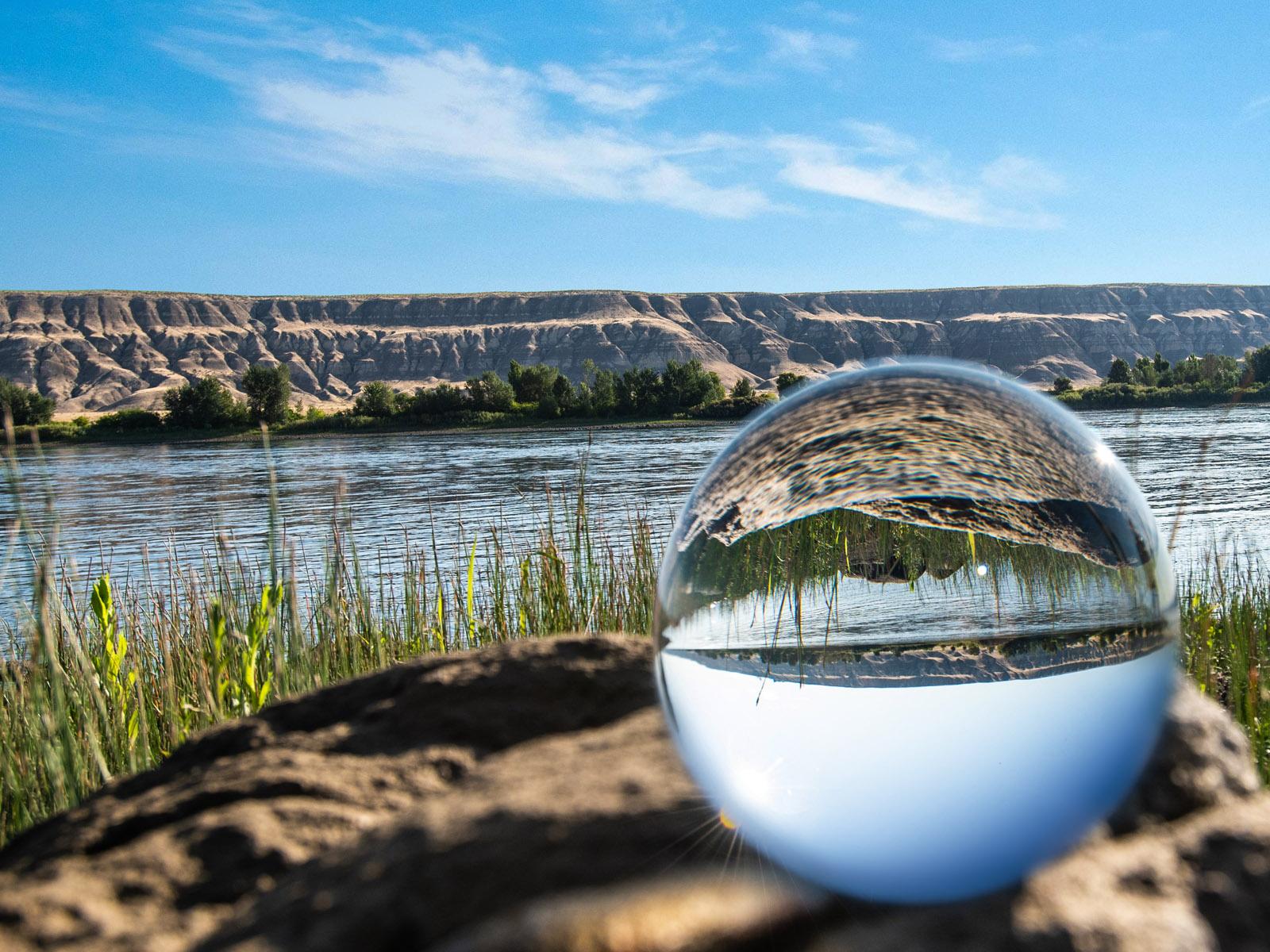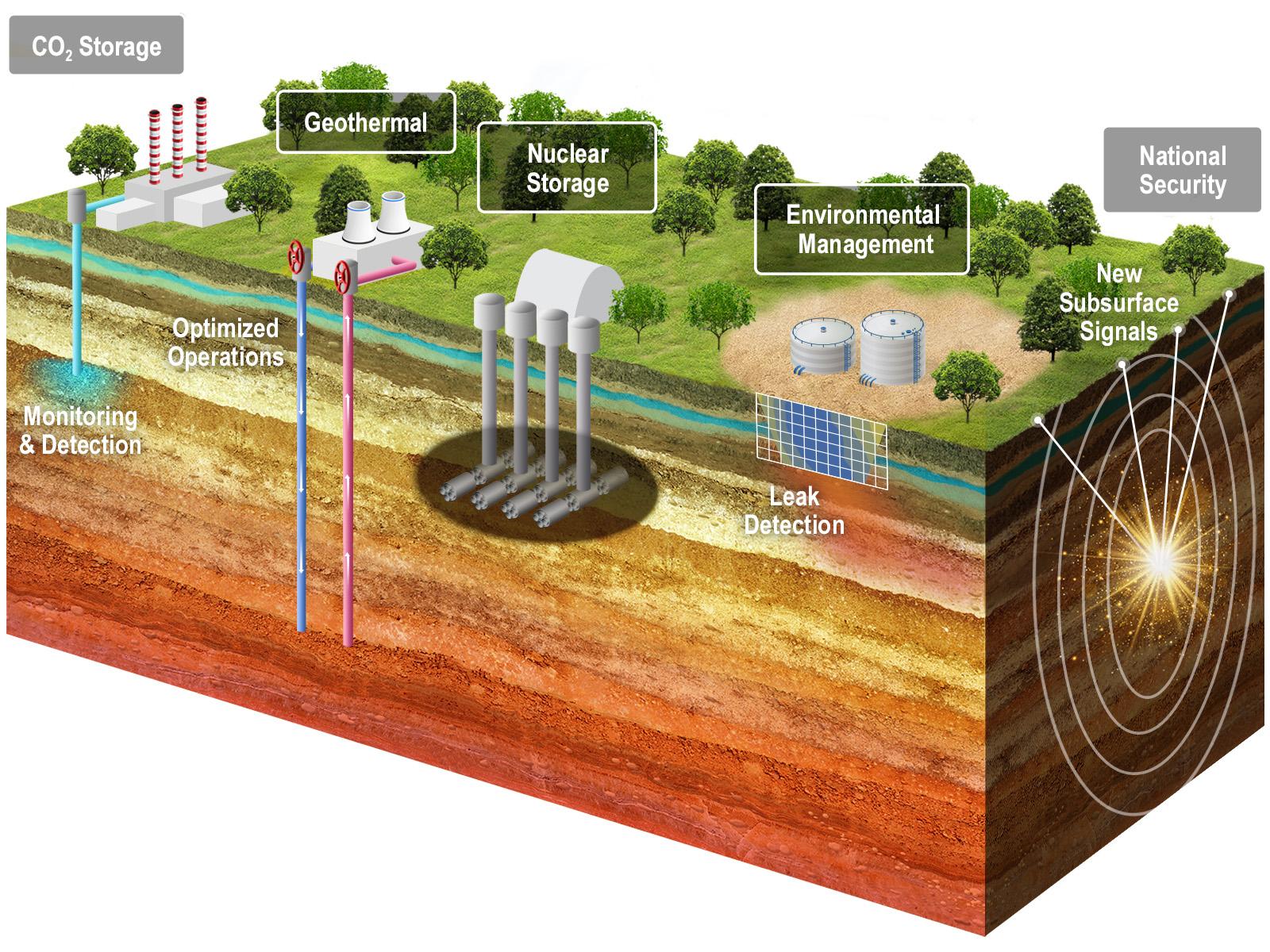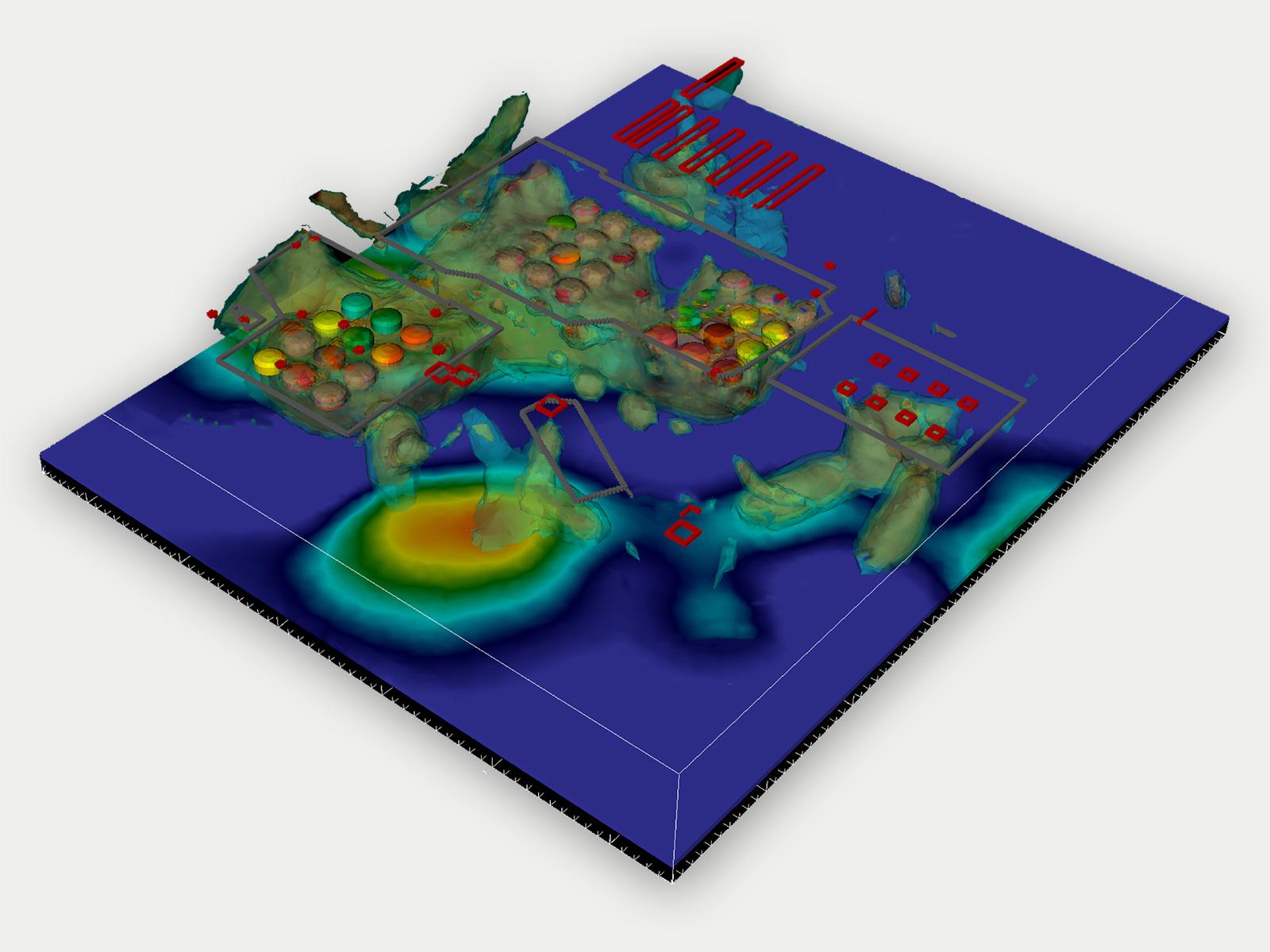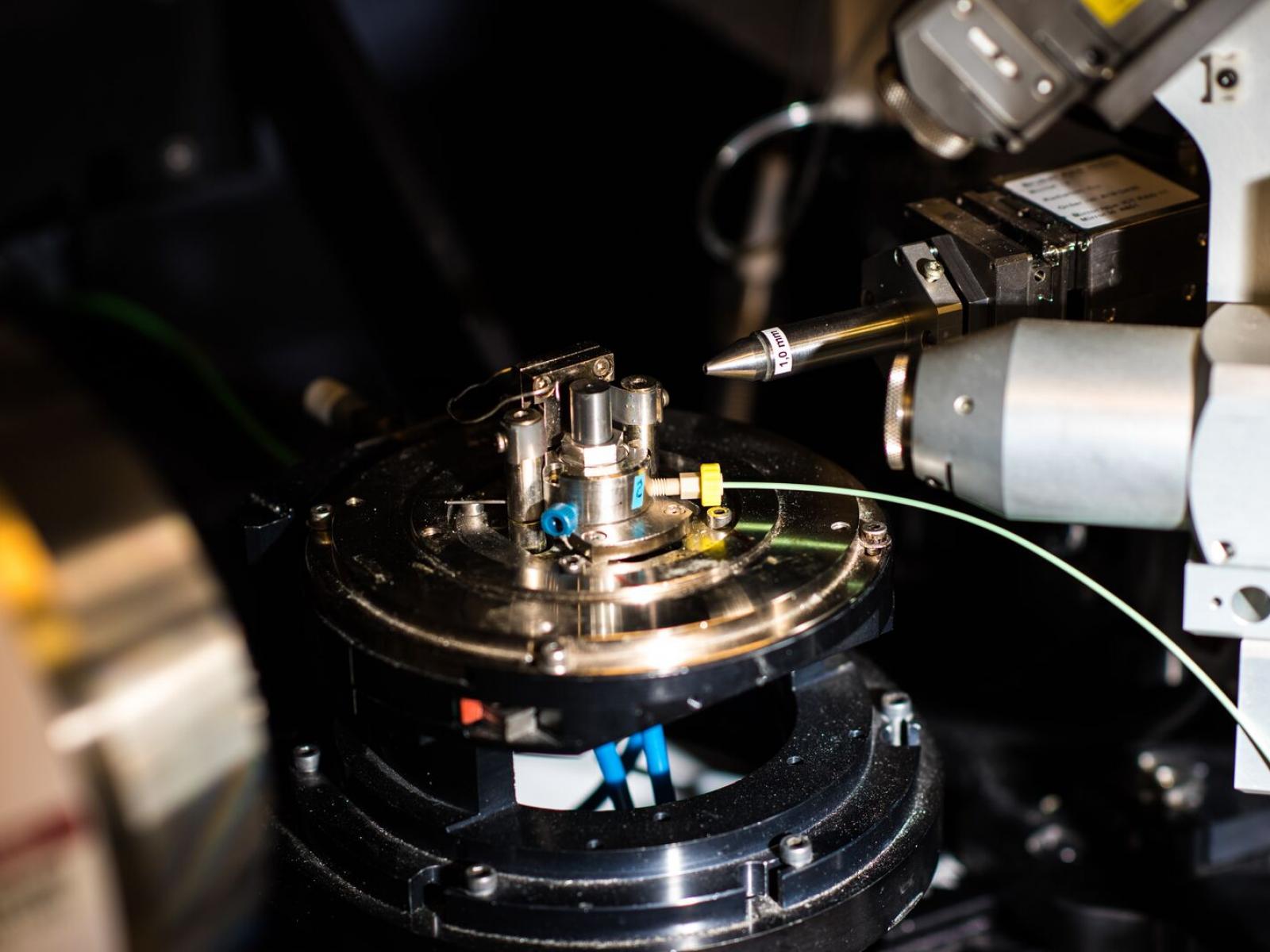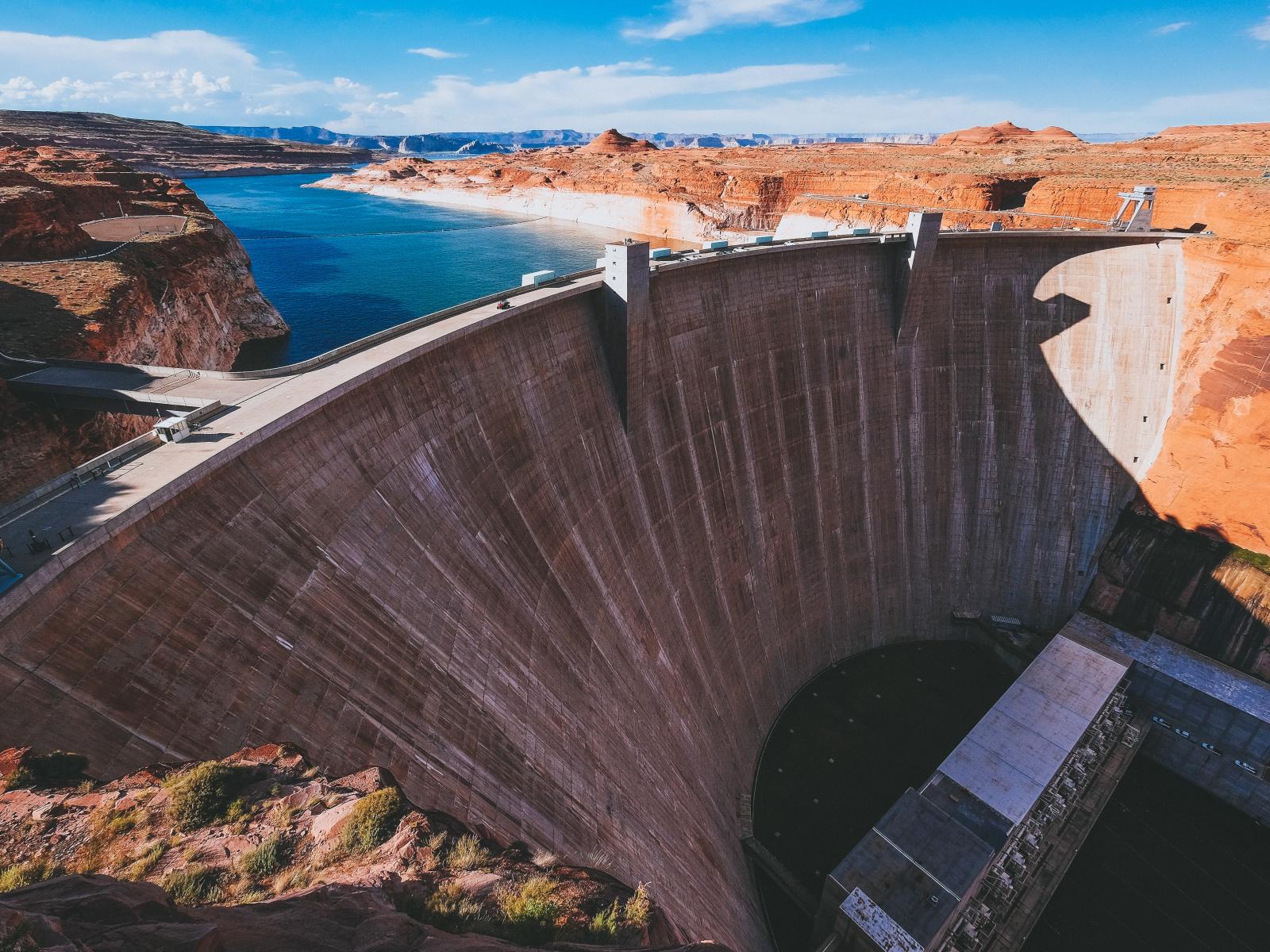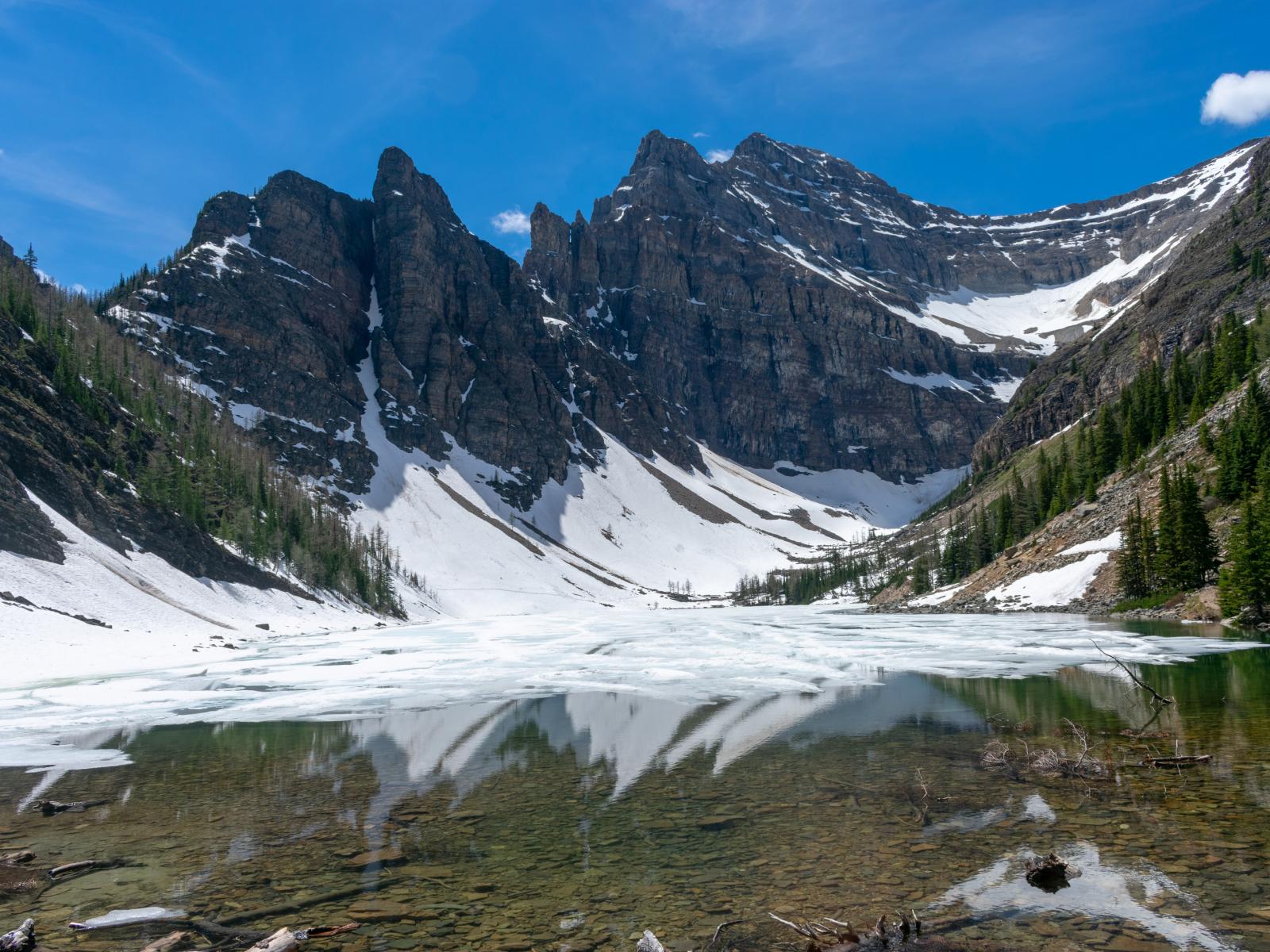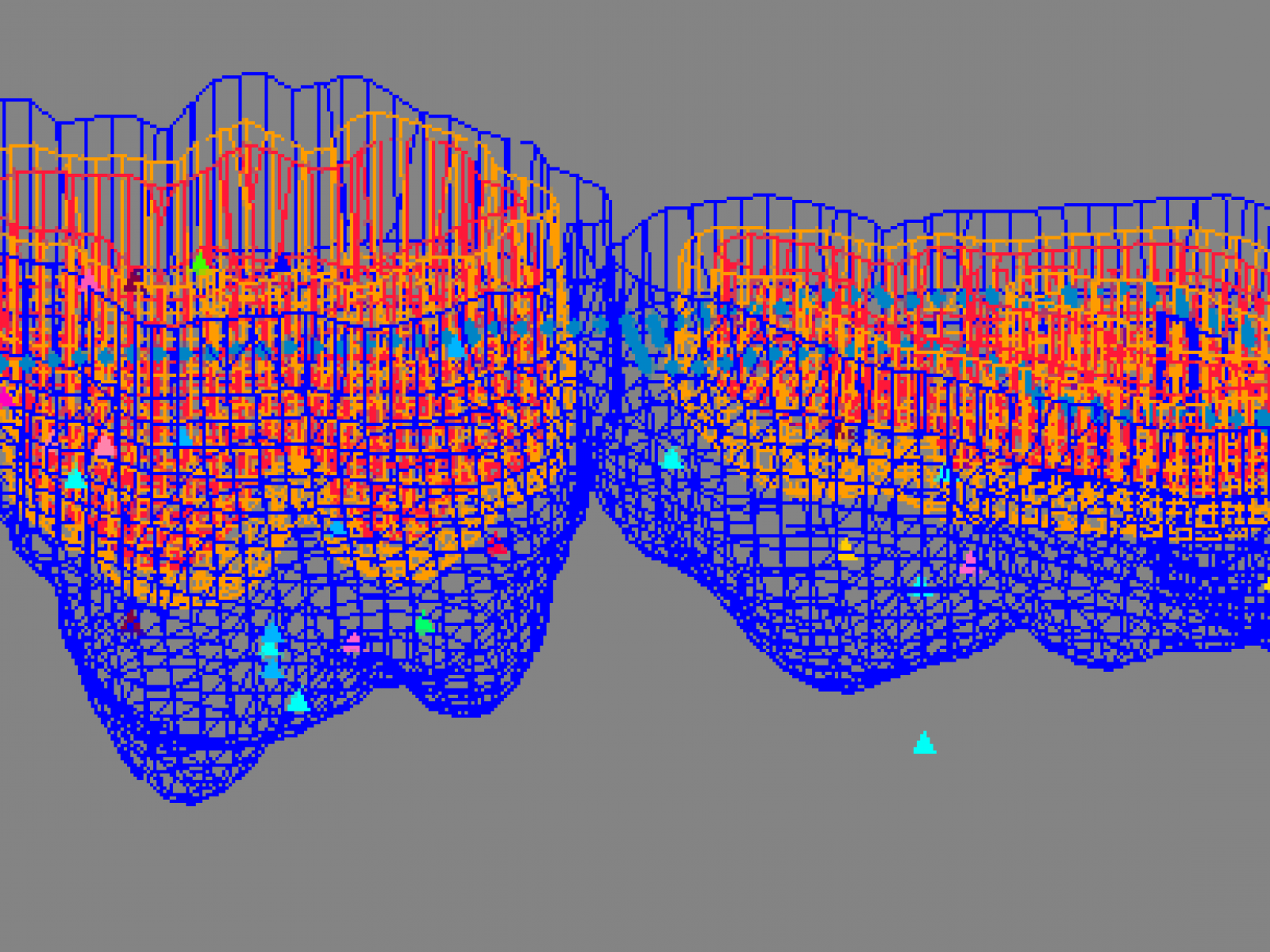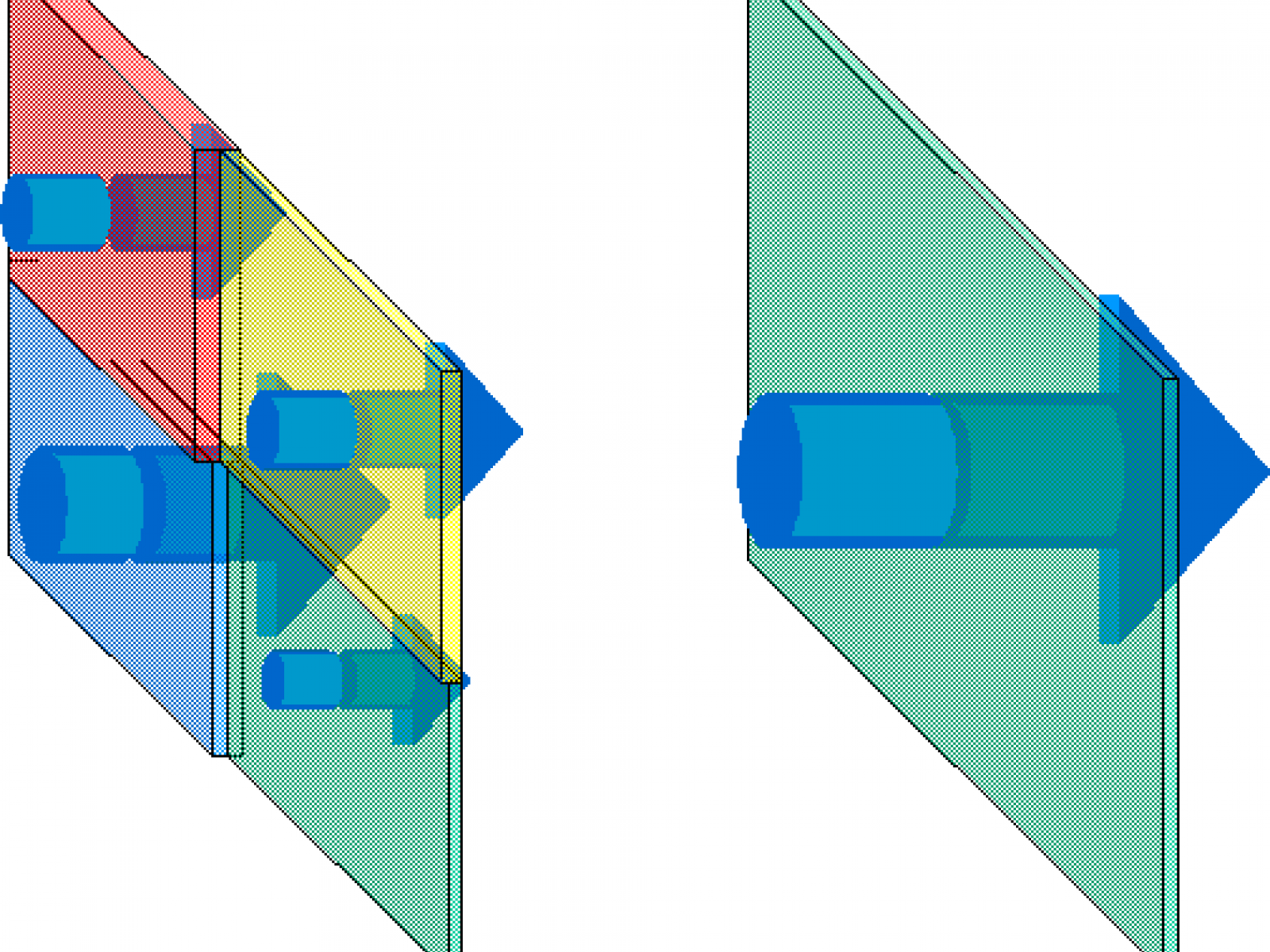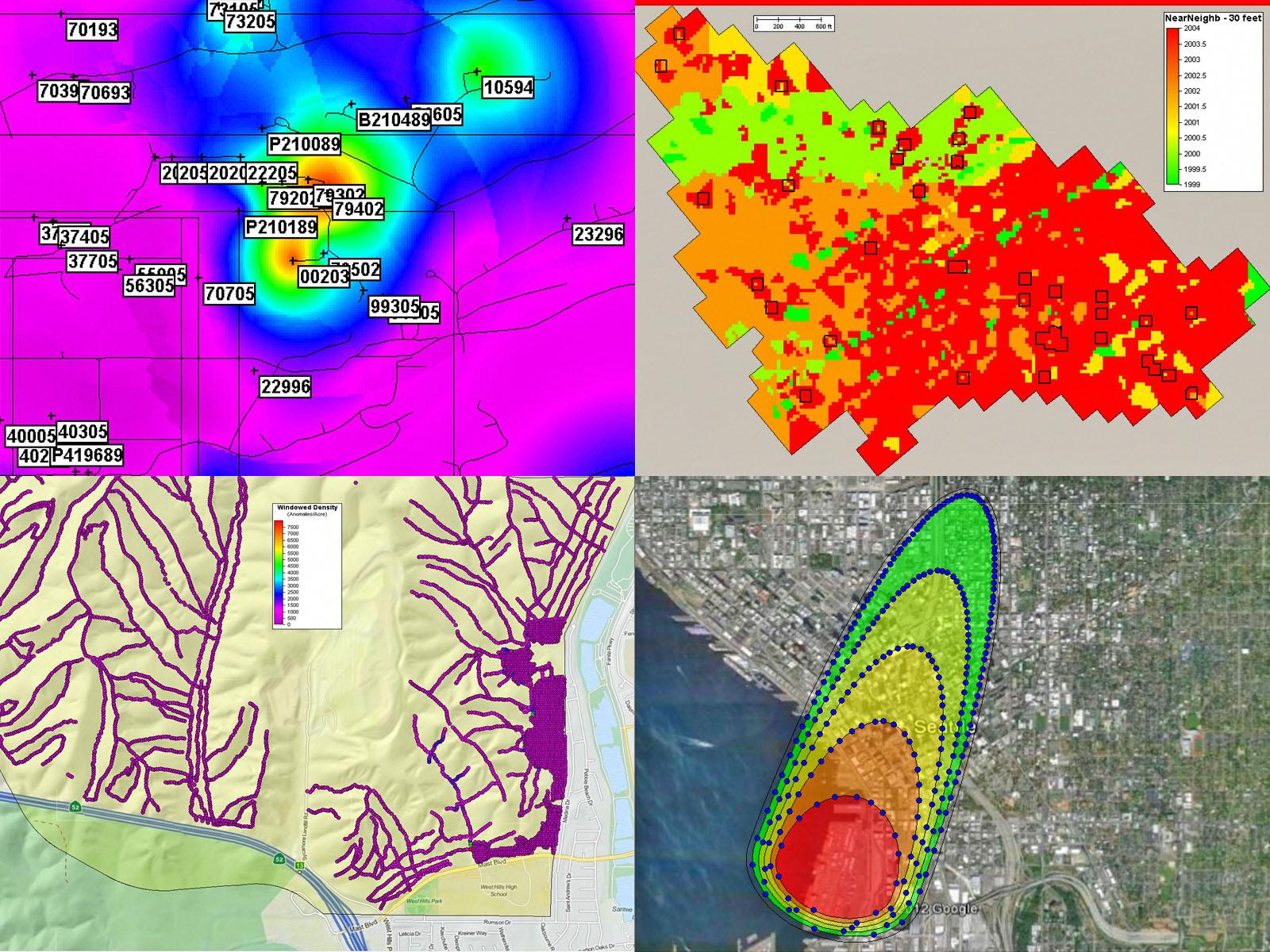Earth Systems Science Division
Earth Systems Science Division
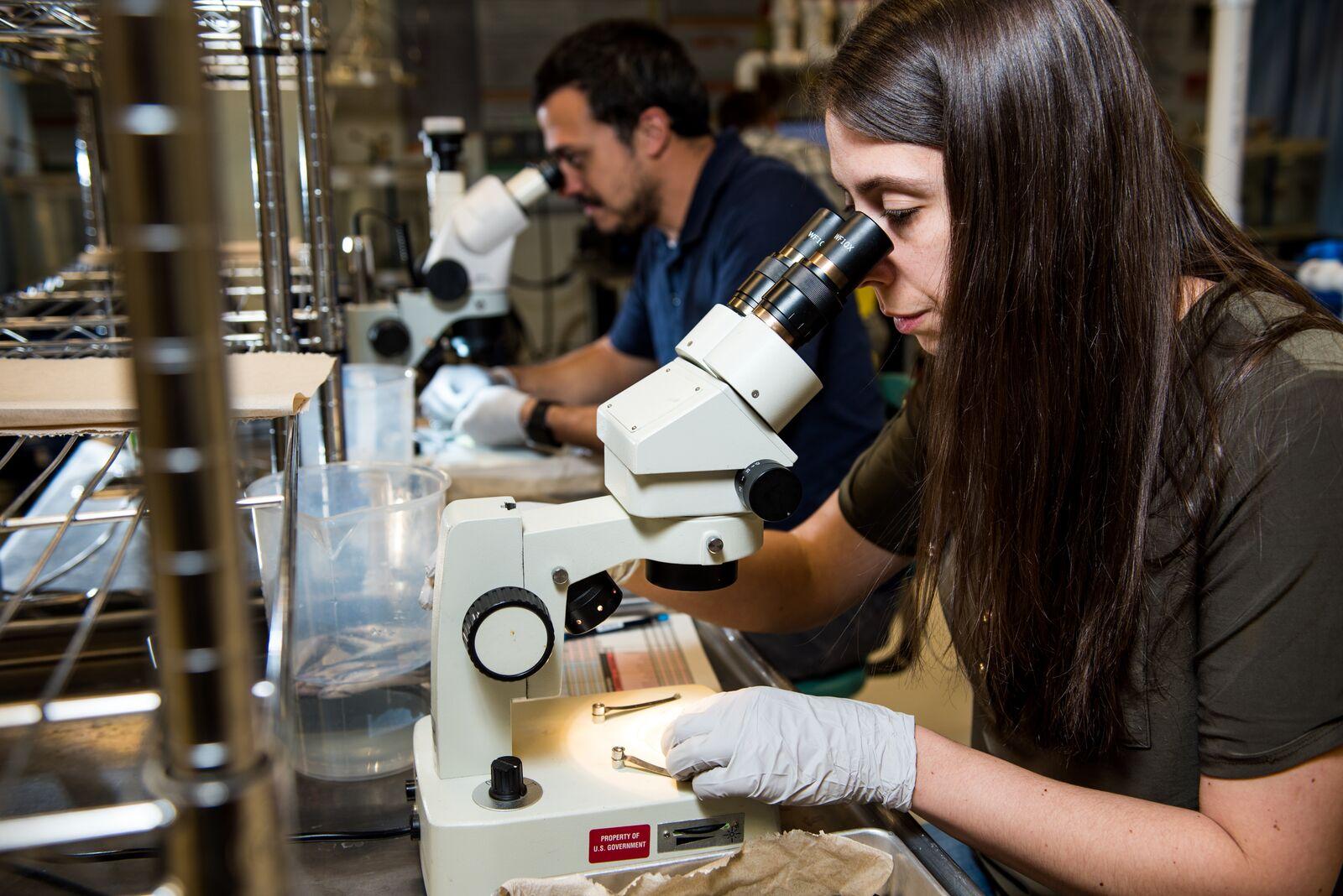
PNNL's Earth Systems Science Division provides leadership and solutions that advance earth system opportunities for energy system transitions and national security.
Our multi-disciplinary division is connected by a shared commitment to deliver through innovation and collaboration. We solve complex problems in the dynamic Earth system. Our staff steward a breadth of capabilities, including earth/energy systems, infrastructure analysis, and engineering; decision science and analysis; and earth, environmental, and atmospheric science.
Earth Systems Science Projects and Tools
GODEEEP
Water Quality
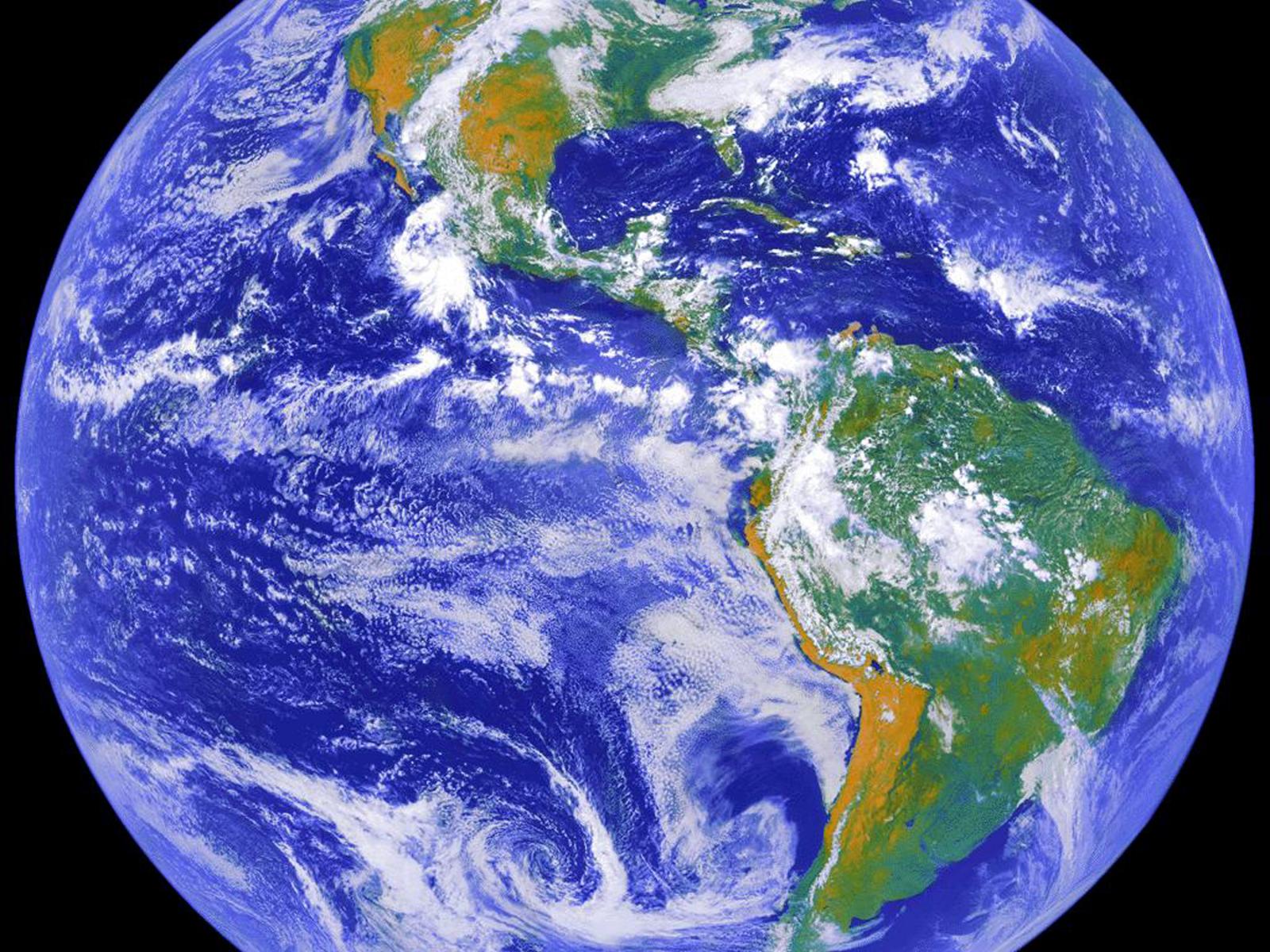
This image from NASA depicts a full view of the Earth, taken by the Geostationary Operational Environment Satellite (GOES-8). The red and green charnels represent visible data, while the blue channel represents inverted 11 micron infrared data.
(Image courtesy of National Aeronautics and Space Administration [NASA])

